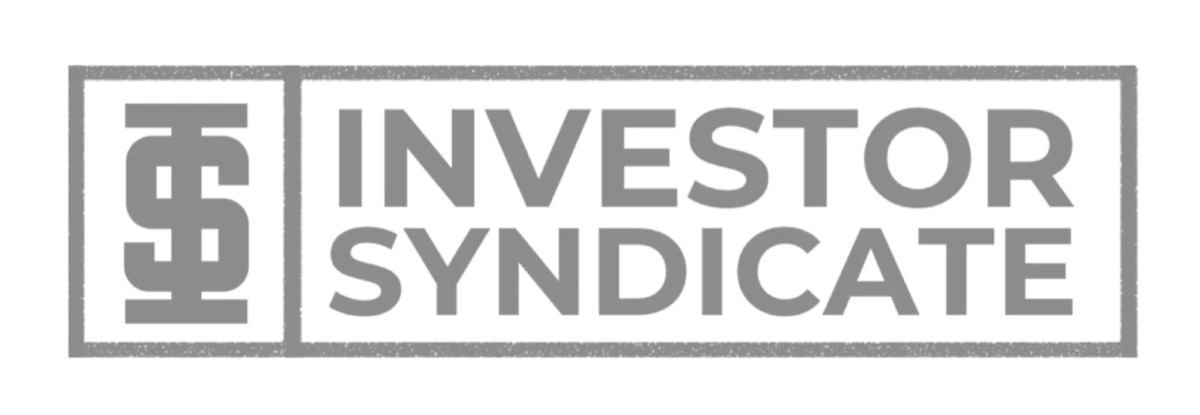Investor Syndicate Blogs
Download The Deal Flipping Playbook

Cutting Costs on Landlord Insurance: 7 Strategies
Introduction
As a landlord, one of the crucial aspects of managing your rental property is ensuring that you have adequate insurance coverage. Landlord insurance is essential for protecting your investment against potential damages and liabilities. However, the cost of insurance can be significant, and finding ways to reduce these expenses without compromising on coverage is a common challenge. In this article, we'll explore seven effective strategies to cut costs on landlord insurance.

Understanding Landlord Insurance
Landlord insurance diverges significantly from standard homeowners insurance, as it is tailored specifically to meet the unique demands and risks associated with rental properties. This specialized form of coverage encompasses an array of potential liabilities and risks, including property damage, liability costs, and loss of rental income, among others.
Its design focuses on providing landlords with a safety net, safeguarding against the array of financial risks inherent in renting out property. Unlike homeowners insurance, which primarily protects the owner-occupied dwelling, landlord insurance is crafted to ensure that rental property owners are adequately covered for the specific challenges and scenarios they may encounter in the realm of property leasing and management.
1. Shop Around and Compare Quotes
One of the most straightforward yet impactful strategies is to thoroughly shop around. Rather than hastily settling for the initial quote received, landlords should engage in a comprehensive comparison of offerings from a variety of insurance providers. This process is not merely about scouting for the lowest price; it's a more nuanced approach that necessitates a careful evaluation to ensure that the coverage obtained aligns precisely with the unique requirements of your rental property.
Such diligence in selection is not just about cost-efficiency but also about securing robust and appropriate protection for your investment. This careful balancing act between cost and coverage is fundamental in optimizing insurance expenditure while maintaining the necessary safeguards for your property.
2. Increase Your Deductible
Opting for a higher deductible is a strategic approach to reduce the cost of landlord insurance premiums. The deductible represents the sum a policyholder agrees to pay out of pocket before the insurance coverage takes effect in the event of a claim.
By electing to increase this amount, landlords effectively assume a greater share of financial risk in case of property damage or other insurable incidents.
This increased risk borne by the property owner results in lower perceived risk for the insurer, which in turn leads to a reduction in the premium costs. Such a decision should be made with careful consideration of the landlord’s ability to cover larger out-of-pocket expenses in the event of a claim, balancing the potential savings in premium costs against the increased financial responsibility in case of damage or loss.
3. Bundle Policies
For landlords and property owners who already manage various insurance policies, such as auto, homeowners, and landlord insurance, an effective cost-saving measure is to consolidate these policies under a single insurance provider. This strategy, commonly known as policy bundling, is highly encouraged by numerous insurance companies, which often incentivize such consolidation with attractive discounts.
By bundling multiple policies, customers can enjoy the convenience of dealing with a single insurer while benefiting from reduced premiums. Insurance providers offer these discounts as a means to reward customer loyalty and to encourage the retention of clients who hold multiple policies with them. Therefore, exploring the option of policy bundling could result in significant financial savings, streamlining insurance management and making it more cost-effective.
4. Make Your Property More Secure
Insurance providers frequently extend discounts to properties deemed lower risk, presenting a valuable opportunity for landlords to diminish their insurance premiums. Implementing robust security measures is a key strategy in achieving this. By installing advanced security systems, comprehensive smoke detectors, reliable deadbolts, and ensuring an efficient fire safety system, property owners can significantly reduce the perceived risk of their properties.
Such enhancements not only contribute to lower insurance costs but also enhance the overall appeal and safety of the property for tenants. This dual benefit of cost reduction and increased tenant security makes these improvements a prudent investment for property owners, balancing financial prudence with tenant well-being.
5. Regular Maintenance and Inspections
Regular property maintenance and thorough inspections are pivotal strategies in preventing major damages and minimizing the frequency of insurance claims. This proactive approach to property care is not just about addressing immediate repair needs, but also involves routine checks to anticipate and mitigate potential issues.
A well-maintained property is less likely to incur significant damage, which subsequently lowers the risk profile in the eyes of insurance companies. As a result, this diligent upkeep can lead to a reduction in insurance premiums.
Maintaining the property in optimal condition, therefore, serves a dual purpose: it preserves the property's value and integrity while also providing financial benefits through lowered insurance costs. This strategy underscores the importance of regular oversight and care in property management.
6. Review Your Policy Annually
Both the characteristics of your property and personal circumstances are subject to change, sometimes subtly and occasionally significantly. This evolving nature underscores the importance of conducting an annual review of your insurance policy, a practice that is essential yet often overlooked. Such a review serves not just as a routine check but as a critical assessment to ascertain whether the existing insurance coverage aligns with your current needs and the state of your property.
Over time, you might discover that certain coverages in your policy have become redundant, perhaps due to changes in property use, upgrades, or even regional regulatory adjustments. Conversely, there may arise a need to enhance certain aspects of your coverage, especially if you've made significant improvements to your property, expanded your investment portfolio, or experienced shifts in local property values.
In essence, an annual policy review enables you to optimize your insurance, ensuring that you are neither over-insured and thus overpaying, nor under-insured and potentially exposed to unanticipated financial risks. This proactive approach not only aligns your insurance with your evolving circumstances but also paves the way for potential cost savings and augmented financial security.
7. Ask About Discounts
Landlords are encouraged to proactively engage with their insurance providers to inquire about potential discounts that may be available. Insurance companies frequently offer a range of discount options, tailored to various customer profiles and circumstances. For instance, long-term customers who have demonstrated loyalty to a particular insurer over several years are often eligible for reduced rates as a reward for their continued patronage. Additionally, landlords who manage multiple properties might find that insurers are willing to offer bulk or bundled policy discounts, acknowledging the scale of their business.
Another key area where discounts may be available is for those landlords who have maintained a claim-free record over a specified period. This is seen as an indicator of responsible property management and reduced risk, which insurers often recognize with lower premiums. Therefore, by simply initiating a conversation about discount possibilities, landlords can potentially unlock significant savings, making their insurance coverage more cost-effective while still maintaining the necessary level of protection for their investment properties.
Additional Considerations
Understand Your Coverage: It's crucial to understand what your insurance covers and what it doesn't. Skimping on important coverages to save money can be costly in the long run if you face a situation that your policy does not cover.
Consider Liability Coverage: Liability coverage is an important aspect of landlord insurance. It protects you in case someone gets injured on your property, and it can be a lifesaver in case of lawsuits.
Balance Between Cost and Coverage: While it's important to cut costs, it's equally important to ensure that you have adequate coverage. Opt for a policy that provides a good balance between cost and coverage.
Conclusion
Cutting costs on landlord insurance requires a mix of savvy shopping, making strategic choices about your coverage, and maintaining your property to minimize risk. By implementing these strategies, landlords can find the right balance between protecting their investment and managing their expenses effectively.
Remember, the cheapest policy is not always the best policy. Adequate coverage that meets your specific needs as a landlord should always be the priority. Regularly reviewing and understanding your policy, maintaining your property, and staying informed about the insurance market can help you make cost-effective decisions for your rental property.
Contact Us

Bet On Yourself
Empowering real estate investors with the tools they need to scale.






